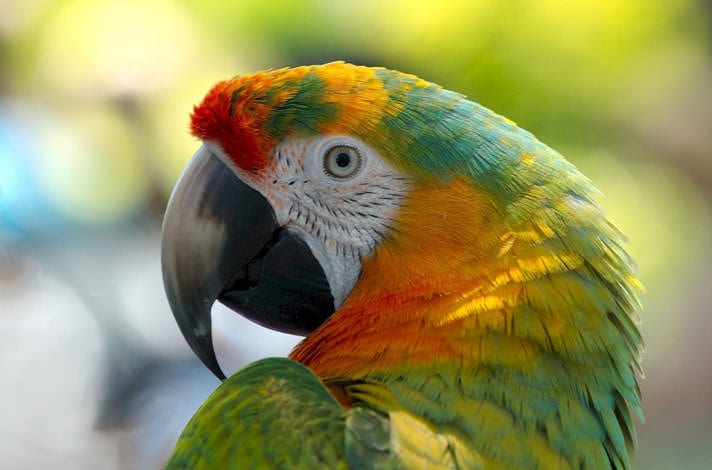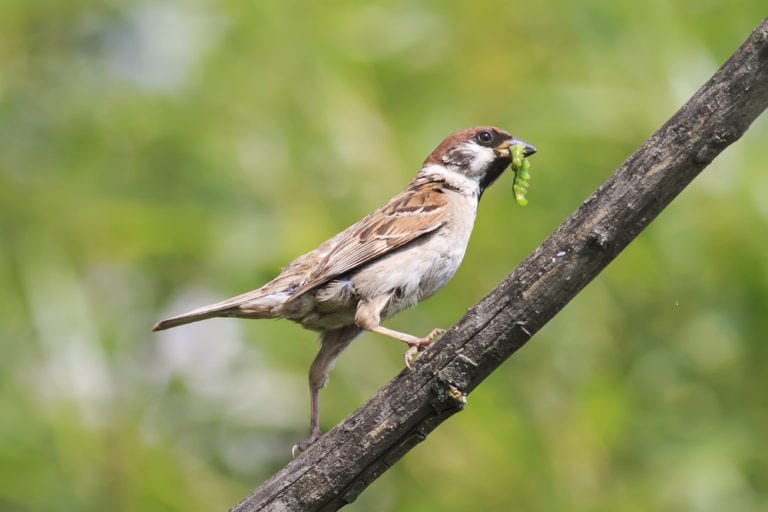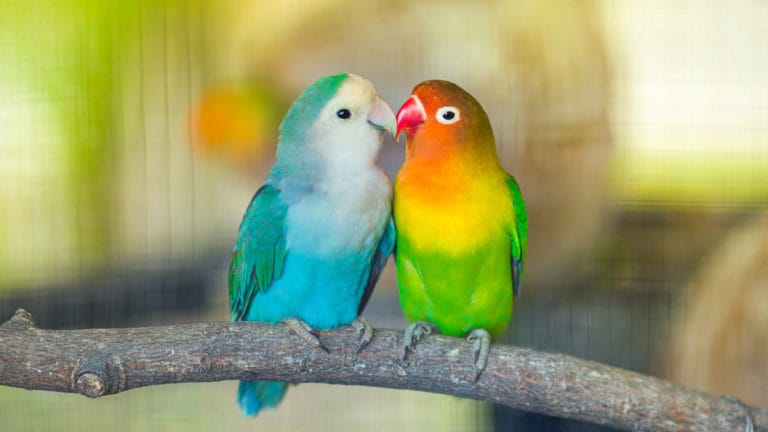Q.
I have two budgies (parakeets), and they do a lot of chirping. I talk to them and play a CD of phrases for them. I also play music for them. Sometimes they excitedly chirp and other times they are totally silent. My question is, when are they learning the words; when they are silent and listening, or when they’re chirping?
A:
You’ve asked a very smart question! Though it’s difficult to know what goes on in those little budgie heads, my belief is that budgies (and other birds) are indeed learning language during times when they are quiet and listening. When they’re verbal, they are practicing or using the words they’ve been learning. One of the reasons I believe this is that even birds that do not repeat words we say to them can understand and react to what we say.
You can ask a non-talking bird, “Want a nut?” or “Would you like a shower,” and the bird will react appropriately. I’m glad you mention that you are talking to your birds. That is a great way to bond with them and it should lead to teaching your birds to talk as well.
Will Your Budgie/Parakeet Talk?
You’re fortunate to be working with budgies and/or parakeets, one of the most talented species of parrots when it comes to talking. Budgies and/or parakeets can learn a large number of words and phrases.
You also noted a difference between the vocalizations of your male and female budgies. Your male parakeet makes many sounds, while your female parakeet has one loud chirp for a vocalization. This is a good observation. Male budgies can learn to talk quite well; female parakeets generally don’t learn to talk. This is also true of cockatiels. In most other parrot species, the males and females talk equally well.
When a budgie and/or parakeet is just learning to talk, it often mimics the intonation of language, mumbling the words. Praise those efforts, and try to say what you think your budgie and/or parakeet is saying. When your male budgie makes many loud and soft sounds, he could be trying to talk and is on his way to learning to speak.
It’s possible that he already is talking but you haven’t recognized it. Many budgies have a high-pitched, fast voice that is difficult for human ears to understand. Listen closely (or invite a child over to listen), and you might find that your male budgie is already talking!
Budgies are social birds, and one of the reasons parrots learn human speech is that, in the wild, they learn the flock language from other flock members. In our homes, a parrot’s flock consists of people and other pets. Consequently, they learn from us, and one of the things they learn can be human speech.
Talking Techniques
The most effective way to teach your budgie and/or parakeet to talk is to talk to him. Talk to him like he is a child learning words: name things for your budgie; consistently say “Hello” and “Goodbye” when you come and go; say “Thank you” when you give him a dish of parrot bird food; name the people in the house and any other pets you have; ask your budgie if he wants a shower before misting him.
You should also respond to what your budgies say and what they ask for through their behavior. If your budgie wants to come out of the cage, go to sleep, seems hungry or needs to potty, talk to him about that. Show that you understand by behaving appropriately, such as letting him out, covering his bird cage, offering a treat or taking him to a spot where he can potty.
As I mentioned above, you can do this with a non-talking bird as well, because the bird can understand even if she doesn’t use the words you are saying. A non-verbal bird will react to what you say if you are observant about noticing that reaction.
Have fun with your budgies! Teaching them to talk and observing their actions are ways in which your relationship will deepen, as will your enjoyment of your pet birds.
Posted by: Chewy Editorial
Share:











